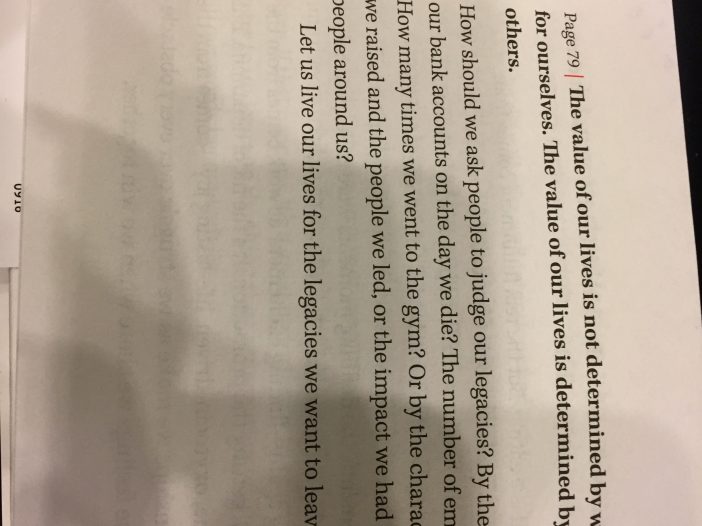
This post is in honor and memory of Herb Kelleher–a leader as Sage. If you want to know what made him so special and unique–one of a kind–read this post. We can learn from him and carry on parts of his legacy.
I always remind people we can learn from all kinds of leaders–both good and bad. But it is more fun to learn from people we like, admire, and want to model. Herb Kelleher, cofounder and chairman of Southwest Airlines, was such a leader. For decades, Southwest Airlines was included in textbooks as a case to study. Southwest was known for being profitable in an industry that was rarely profitable. They are said to have “30 consecutive years of profitability, in an industry in which no other company has been profitable for even five straight years.” As a case study:
How were they able to become an industry leader?
What did leaders do to create their unique culture?
What was their strategy?
Some articles said Southwest is successful because of their ability to focus–focus on streamlining costs to keep prices down. But it was their focus on employees that created the culture where people want to work. Kelleher believed that employee satisfaction is a prerequisite for customer satisfaction. He said it this way:
“When I started out, business school professors liked to pose a conundrum: Which do you put first, your employees, your customers, or your shareholders? As if that were an unanswerable question. My answer was very easy: You put your employees first. If you truly treat your employees that way, they will treat your customers well, your customers will come back, and that’s what makes your shareholders happy. So there is no constituency at war with any other constituency. Ultimately, it’s shareholder value that you’re producing.”
Kelleher was known for saying that the key to Southwest’s success is its culture and its employees. He said the strategy was simple, but the critical element was the need for employee buy-in. “Your spirit is the most powerful thing of all,” said Kelleher.
Culture is the “glue” that holds people together when it exists or in the absence, people don’t feel connected. Culture has been called the DNA of an organization or the “invisible tapestry” that weaves people together. But none of this happens easily or fast. In fact, Kelleher put it this way: Creating a healthy culture “has to be part of your fabric; it has to be something that you do really as a product of your soul.”
“We basically said to our people, there are three things that we’re interested in. The lowest costs in the industry — that can’t hurt you, having the lowest costs. The best customer service — that’s a very important element of value. We said beyond that we’re interested in intangibles — a spiritual infusion — because they are the hardest things for your competitors to replicate. The tangible things your competitors can go out and buy. But they can’t buy your spirit. So it’s the most powerful thing of all.”
Kelleher was a Sage leader because he understood the focus on people by putting employees first. As a result, he is a leader we all wish we had. According to Simon Sinek, “we cannot lead an organization, we can run an organization. We can only lead people” and Kelleher knew how to lead people. In his own words:
“The focus of Southwest Airlines has always been on its people, regardless of how large we grew. Everybody would keep saying to me, “Wait until you get to a thousand, wait until you get to 5,000, wait until you get to 10,000” — as if there was some bright line when you go over from the humanistic and entrepreneurial into the totally managerial. There is no such line in dealing with your people. Making them happy with what they’re doing, making them proud of what they’re doing, putting them in a position where they’re telling their grandchildren that Southwest Airlines gave me a greater reach than I ever would have had by myself — that continues to be effective whether you’ve got 5,000, 15,000, or 35,000.”
Let us live our lives for the legacies we want to leave.
If Southwest was so successful because of putting people first:
Why have so many companies lost sight of the value of employees?
Why are many employees treated as expenses to cut rather than assets in which to invest?
Why does this sound like common sense, yet putting employees first is not that common?
How do you and/or your organization treat employees on a scale of 1 (like Southwest) to 10 (opposite of Southwest)?
How similar or different is your philosophy of leadership similar to Herb Kelleher’s?

